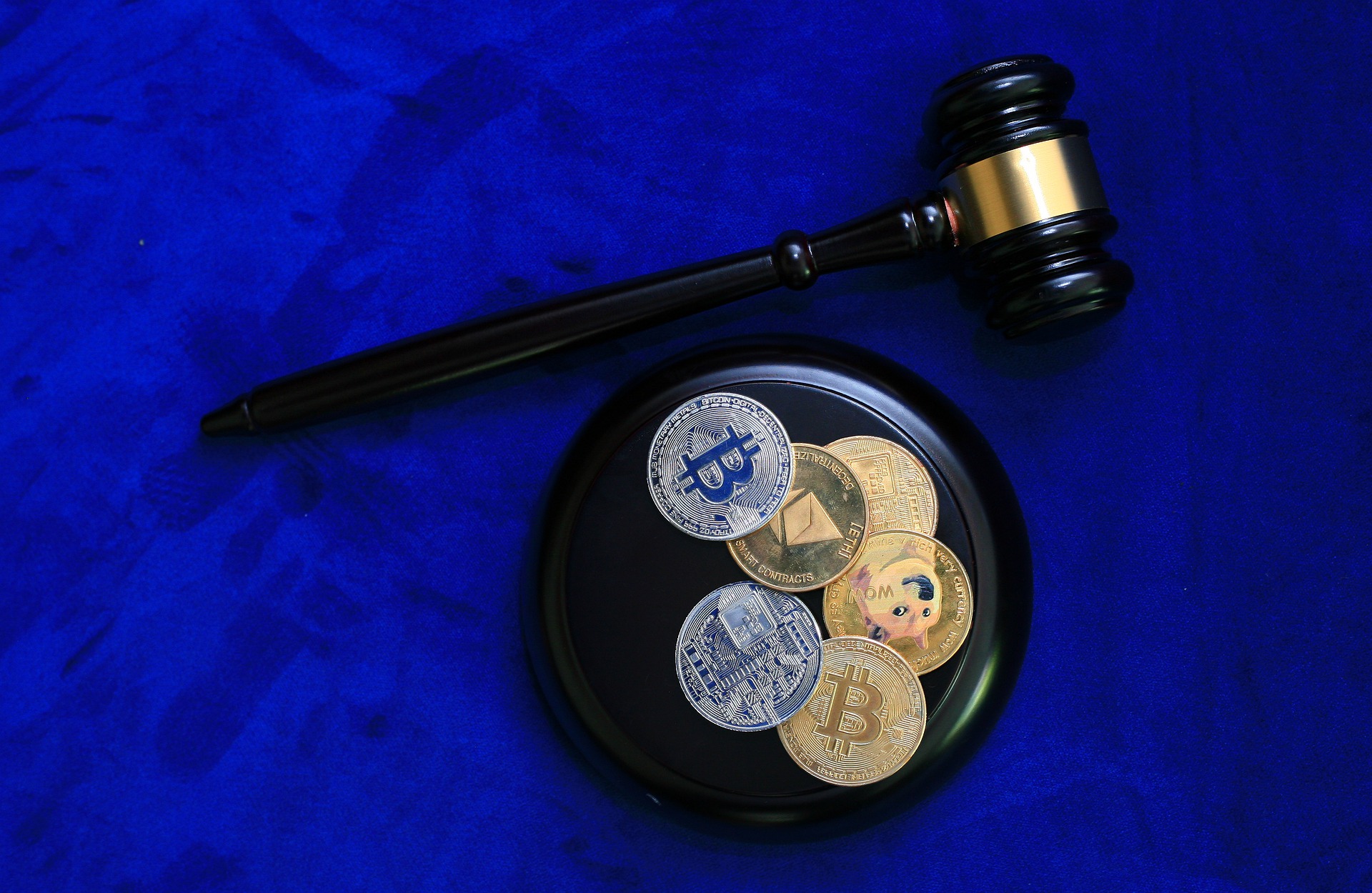Digitization Enables Crypto Asset Opportunities
Digital or crypto assets now occupy a fair share of mainstream news coverage. More and more people are growing familiar with what these assets are, and the use cases they present. Starting in late 2020, the global crypto market saw a massive rally; prices for several coins registered exponential growth. The most popular digital asset, bitcoin, was trading at ‘only’ $7,200 in January 2020. It reached an all-time-high of over $60,000 in March 2021 – representing an over 800 percent increase in value. As of October 2021, it was trading in the $56,000-$58,000 range.
Bitcoin is the flagship digital token. There are several more that have surged in popularity. The lightly regulated digital financial landscape attracts investors, and the potential high returns attract retail investors. Against this backdrop, what are possible measures to protect investors—both institutional and individual—while encouraging innovation in fintech and developing capital markets? Why are there so many retail investors in Asia, especially China? What are the risks posed? More importantly, what do they understand about crypto assets?
Horasis is organizing the Horasis Asia Meeting on 26 November 2021 to deliberate on such emerging new concepts and risks. The one-day virtual event will see participation from a diverse range of people, spanning members of governments, businesses, academics, and the media. The goal is to deliberate on pressing emerging issues and arrive at actionable solutions that can ensure shared prosperity.
Regulatory Frameworks are Necessary
Crypto assets have received substantial flak for being used to launder funds that have, in turn, financed criminal activities. In certain instances, crypto exchanges abruptly ceased operations, leaving thousands of investors in distress. And ransomware attacks have increasingly demanded payouts in crypto because of the anonymity such digital transactions offer.
However, the key here is to maintain a balanced outlook. There is, no doubt, a fair share of negative use cases explored by criminal elements. But the broader ecosystem presents enormous benefits. In fact, even if one bases their observations on anecdotal evidence, criminal uses of digital assets are not the majority pattern. Lest we forget, even fiat currency has been, and can be used for less desirable activities.
What is necessary then is for regulators to step up and outline frameworks to regulate the sphere. Only a few economies have crypto regulations in place and some have chosen to ban them entirely. This extreme approach stifles innovation. In a post pandemic world, technology is the one area that offers the chance to ensure a faster recovery. And banning crypto assets that have proven benefits, is a short-sighted approach.
Asia is Leading Global Crypto Adoption
Several South Asian economies, such as India, Pakistan, and Vietnam have registered significant increases in crypto investors. In a trend highlighted by the 2021 Global Crypto Adoption Index, the growth in crypto adoption was driven mostly by retail investors. In the case of North America, Europe, and East Asia, crypto markets were fueled more by institutional investors.
The report shared two key reasons for the preference among South Asian retail investors towards crypto adoption. First, rising inflation rates, and especially during the pandemic-led lockdowns, meant lower purchasing power. Likewise, interest earned on savings accounts were at their lowest levels. In simple terms, inflation rates were higher than the interest earned on their savings.
The second reason for swift crypto adoption was the convenience it offered in sending and receiving remittances. With a large South Asian diaspora working in western economies, sending money home has become both easy and inexpensive.
Popular remittance companies levy a sizeable fee for transfers. Also, there are daily limits on how much can be transferred. In case of transferring funds from one crypto wallet to another, there are no such limits. The convenience front is possibly where crypto assets score highest.
Understanding Crypto Assets
The term crypto may have sounded alien until even two years ago. But with the massive price rallies that began in November 2020, this space has definitely grabbed the spotlight. Several mainstream media outlets now have a dedicated section on crypto assets in their economy and finance sections. People are now aware of what digital assets are, how they can be used, and the benefits they offer.
However, what has left both investors and blockchain firms from going ‘all-in’ are the regulatory uncertainties around the space. In India, for example, there has been growing discussions on banning crypto assets while investors are left in the lurch. In 2021 alone, the opinion has varied from enforcing a complete ban on digital assets to now news of one of its crypto exchanges being valued at over $1 billion. As the space grows and sees endorsement from more known faces, it will spark more interest, lead people to research them, and provide a deeper understanding of crypto assets.
The potential is immense but regulations will be key in how innovations progress. The world is seeing a sea change in how digital assets are being adopted. For countries, it is important to stay in the game, regulate the industry, and reap the benefits offered by crypto assets.
Photo Caption: As crypto assets soar in popularity and adoption, further innovation will depend on how countries regulate the industry.




